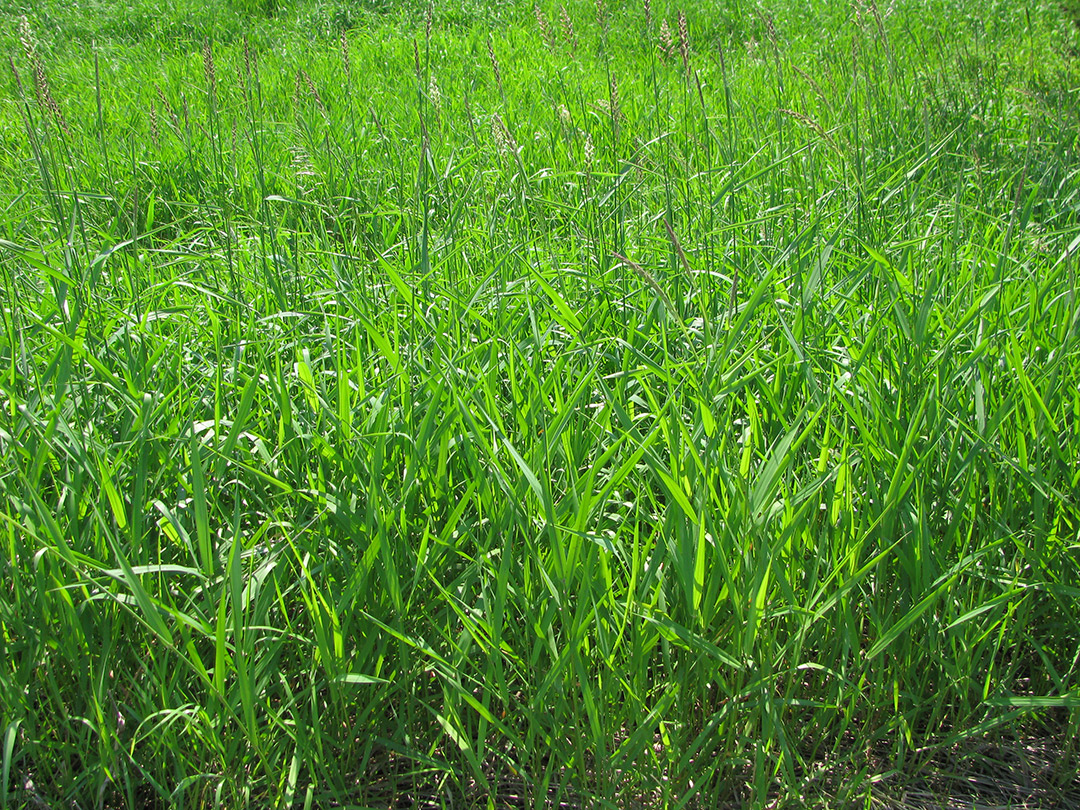
The Alaska Department of Transportation plans to spray herbicides on Prince of Wales Island. It will be the first time the DOT has applied herbicides in southeast Alaska since the state eliminated public review requirements in 2013. This has some community members and environmental groups worried about chemicals leaching into nearby habitat.
Mike Coffey, the DOT Maintenance and Operations Chief, says they’re spraying on Thorne Bay Road to combat miles and miles of invasive species, such as canary grass. The DOT plans to spray a single application of herbicides along 17 miles of the highway on the eastern side of Prince of Wales Island.
“Vegetation in general blocks signs, it causes sight distance on the inside of curves. You can’t see animals,” Coffey says.
He says there are a lot of reasons why the DOT does vegetation management. Most of the time, it’s done with tractors and brush cutters.
“But in terms of invasive species a lot of times the mechanical methods just spread it,” Coffey says.
The state drafts a plan to assess roadside conditions. For Thorne Bay Road, the DOT says they may use chemicals, like Garlon 4, Habitat, and Roundup.
“The one thing I think a lot of people don’t understand is that many of the herbicides that we have approved are things that you could buy in Home Depot and Lowe’s,” Coffey says.
Pamela Miller, the Executive Director of the Alaska Community Action on Toxics, says she knows the herbicides are EPA approved for certain household uses, but that doesn’t mean she agrees with its application in the area.
“The DOT would be using much stronger formulations than would be found on a hardware shelf.” She says herbicides, such as Roundup, have been scientifically linked to birth defects, certain forms of cancer and neurological problems. “Particularly it is not safe to be used in a place where people are subsistence harvesting fish in around wetlands and streams,” Miller says.
Kasaan resident Rob Leighton agrees. He’s trying to organize community members against the DOT’s use of chemicals.
“There’s a large percentage of people that pick berries, hunt and fish.” He says spraying herbicides could also be harmful to the Native community who harvest plants along Thorne Bay Road for medicinals. “I don’t exactly know about the public comment. I think they have to come through the various communities that have concerns,” Leighton says.
Actually, that’s no longer the case. In 2013, the Alaska Department of Environmental Conservation eliminated the permitting and public review requirements for most applications on state land. Agencies can spray after giving the public a 30 day notice which, on Prince of Wales Island, they did by notifying residents via the local newspaper on August 2 and 4.
Karin Hendrickson, the Department of Environmental Conservation’s Coordinator for the state’s Pesticide Control Program, says the state is doing everything lawfully.
“You know people do have strong opinions about pesticides, but we make our decisions on risk analysis not just necessarily if people are uncomfortable or unhappy with the idea,” Hendrickson says.
Changes in regulations by the DEC last year sparked concern in other southeast communities like Petersburg and Skagway. On the Thorne Bay Road, The DOT says their environmental analysis still needs to be conducted, and they don’t know exactly when the spraying will happen. Alaska Community Action on Toxics says groups like theirs are examining legal options.
